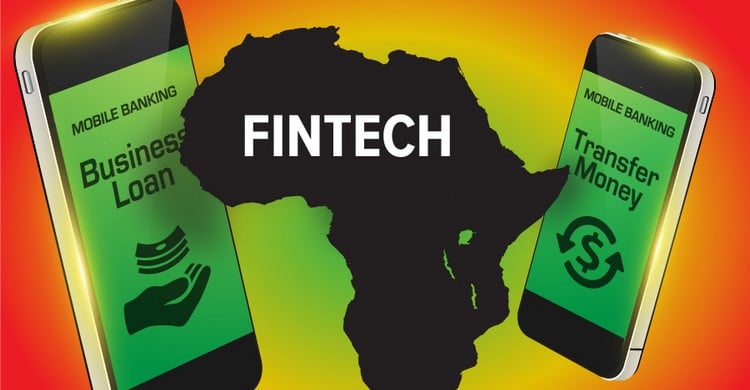Adaptability, stress management, empathy, resilience, … Due to the obsolescence of technical skills (hard skills), behavioural skills (soft skills) are increasingly valued by companies. And it is often during the job interview that everything is decided for the candidate. Because while hard skills help you get a job interview, soft skills help you succeed. Discover our 3 tips for highlighting your soft skills during this crucial stage of the recruitment process!
Step 1: Know the soft skills most sought after by recruiters
First of all, it is important to know which human skills are most sought after in the world of work. According to the World Economic Forum’s “Future of Jobs” report, 10 key skills – mainly soft skills – will make the difference in meeting companies’ recruitment needs by 2025. We have compiled a list of the soft skills that will make you the candidate that all companies are looking for:
Analytical skills
Complex problem solving
Critical thinking
Creativity
Leadership & influence
Team spirit
Emotional intelligence
Resilience, stress resistance and flexibility
Autonomy and initiative
Ability to adapt
Service orientation
Negotiation skills
While some of these skills are innate and difficult to acquire, others can be developed through appropriate training. Unlike hard skills, no artificial intelligence can, for the moment, replace soft skills, hence the importance of not neglecting them!
Step 2: Identify your soft skills to make the most of them
To talk about your qualities on your CV and then in a recruitment interview, it is important to know how to identify them. To do this, you need to do some real work on yourself. To help you do this, you must first of all have an exhaustive vision of the 3 major families of existing soft skills:
Soft skills related to communication
Ability to communicate, speaking
Ability to network
Sense of community, ability to work in a team
Negotiating power
Influence
Friendliness/Courtesy
Soft skills related to agility
Taking a step back, being open to criticism
Stress management, emotional stability
Open-mindedness, creativity
Adaptability, flexibility, problem solving
Proactivity, taking initiative, strength of proposal
Efficiency, ability to work under pressure
Ability to judge, decision making
Soft skills related to personality
Self-confidence, perseverance
Motivation, extraversion
Resilience
Organisation, time management, conscientiousness
Assertiveness
Convergence
Empathy
Reliability, loyalty
To find your own personality traits:
Draw on your personal and professional experiences: what personal skills enabled you to carry out your last mission successfully? How did you overcome this or that difficulty? Think back to all the situations where you made a difference thanks to your personality traits, and which quality(ies) you had to call on.
Ask your professional and personal entourage: don’t hesitate to ask your former colleagues as well as those close to you to name your 3 main soft skills from the list above. You will note which qualities come up most often.
Take a test: this is not about testing your technical knowledge but your personality. Certain psychological evaluation tests such as the MBTI (Myers Briggs Type Indicator) can help you identify the soft skills that stem from your personality.
Step 3: Showing your soft skills to a recruiter
It is during the job interview that you will be able to differentiate yourself from the other candidates. Make a point of verbalising your soft skills and contextualising them (in what professional situation(s) did you use such and such a personality trait?): the recruiter will be able to assess them all the better and thus judge the compatibility of your profile with the position to be filled.
If adaptability, good organisation, the ability to work in a team and autonomy are among the skills most commonly required in a company, you must ensure that you highlight the specific soft skills expected for the position in question. To do this, compare the behavioural skills that you have identified during your self-assessment with the qualities that promote performance in the position you are targeting. Be careful, however, to mention only the soft skills that you really possess, otherwise the recruiter may find you unmasked.
For example, an accountant who is able to highlight his or her ability to be proactive by explaining that he or she is capable of analysing and solving a problem when he or she detects it will have a better chance of attracting the recruiter’s attention than someone else. In the same way, an IS Project Manager in charge of implementing new software in a company will be able to promote himself by highlighting his soft skills related to communication. To do this, he or she can explain that he or she must communicate with the company’s various departments on a daily basis, demonstrate an analytical mind and, above all, negotiating skills in order to successfully complete the project.
In addition to the suitability of your behavioural skills for the position, the recruiter will also test your personality to see if it matches your future manager, the team and more generally the company’s culture. So before the interview, don’t forget to find out about the company!
Source : https://www.dogfinance.com/fr/news/entretien-embauche-comment-mettre-en-avant-ses-soft-skills










